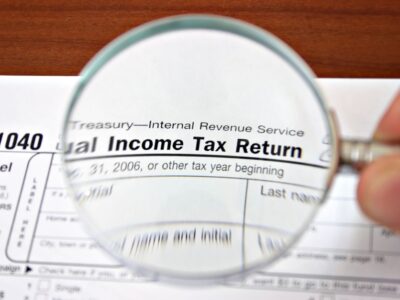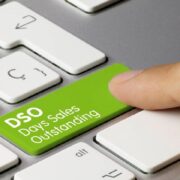You can use bonds to generate income and be exposed to a relatively safer investment. On the flipside, you still have to be familiar with the biggest risks that bond investing entails.
Bond Prices and Interest Rate Risks
Interest rates and bond prices have this inverse correlation in that when interest rates fall, the price of bonds trading in the marketplace generally increases. When interest rates increase, the bond prices tend to decrease.
This takes place since when interest rates fall, investors try to capture or lock in the maximum level of rates they can for as long as they can. In order to accomplish this, they need to rake in existing bonds that pay higher interest rates than the currently prevailing market rate. The surge in demand results to an increase in bond prices.
On the other hand, if the prevailing interest rates were rising, the investors would of course ditch bonds that pay lower interest rates. This would push the prices of bonds lower.
Callable Bonds and Risks in Reinvestments
If you’re a bond investor, you would also have to face some reinvestment risks, which refer to the risks of having to reinvest the proceeds but with a lower rate than the funds had been previously earning.
One of the most common ways this risk shows itself to investors is when interest rates fall over time and issuers exercise their callable bonds.
This ‘callable’ feature enables the issuer to redeem the bond ahead of maturity. As a consequence, the bondholder receives the principal payment, which most of the time is at a slight premium to the par value.
The disadvantage of a bond call is that you might be left with cash that you may not be able to reinvest at the comparable or competitive rate. You may have to suffer a major adverse impact on your investment return over time.
Inflation and Bond Lifespan
When you buy a bond, you basically commit to receiving a rate of return, either fixed or variable, for the lifespan of the bond or as long as you are holding it.
However, things may change when the cost of living and inflation increase drastically and at a faster rate the income investment. You may see your investing buying power diminish and you may even achieve a negative rate of return.
Credit/Default Risks
Buying a bond is basically buying a certificate of debt, which is borrowed money that must be paid back by the company over time with interest. Bear in mind that corporate bonds are not guaranteed by the full faith and credit of the US government. Rather, they depend on the corporation’s ability to pay back.
You should always mind the possibility of default and factor this risk when coming up with an investment decision. Analyze the company’s coverage ratio, income, cash flow statements, operating income, and then weigh those things against its debt service expense.
Liquidity
While there’s nearly always a market for government bonds, corporate bonds are quite different. There is always the risk that you may not be able to sell your corporate bond quickly because of thin market with few buyers and sellers for the bond.
Lower buying interest in the bond can cause substantial price swings and potentially have an adverse impact on your total return. You may even be forced to take a much lower price than expected to sell your position in the bond.













Comments